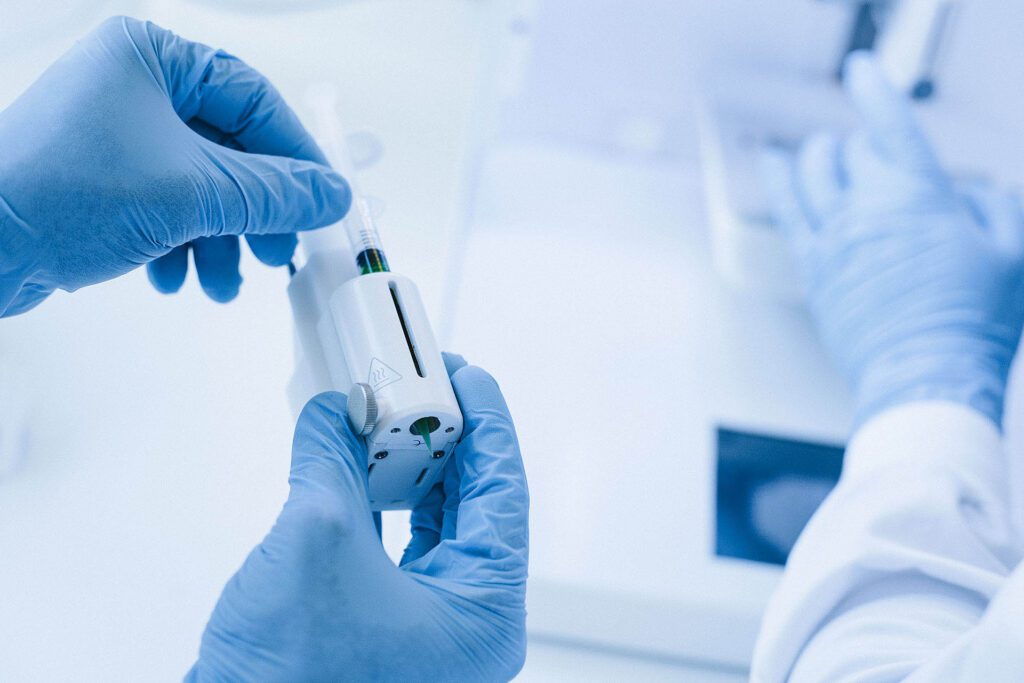Biofabricating Airway Epithelial Models for COVID-19 Research
In vitro cell-based 3D bioprinted models of respiratory tracts can help develop vaccines and therapeutic treatments for lung-related diseases such as COVID-19. This application note describes bioprinting epithelial models with the extrusion-based BIO X 3D bioprinter to bioengineer tissue models that recapitulate key features of the respiratory tract in both healthy and diseased states, including air liquid interface (ALI) culturing. The findings confirm that these proposed 3D lung models offer valuable insight about the underlying mechanisms of viral interactions with host cells. Researchers also observed the expression of key proteins required for the internalization of the coronavirus, like ACE2, further confirming the physiological relevance of these bioprinted epithelial models.
Learn how:
- The BIO X bioprinter combined with ALI cell culturing can generate complex in vitro lung epithelial models for developing vaccines and therapeutics.
- The primary bronchial epithelial cells maintained a tight monolayer throughout the experiment, and the Calu-3 cells formed a multilayer epithelium at day 14.
- The expression of ACE2 was moderate in primary bronchial epithelial cells compared to the adenocarcinoma-derived Calu-3 cell line.
- The cells grown in the ALI culture became polarized as seen by the expression of ACE2 at the apical membrane of the culture; this expression confirms the physiological relevance of these models when studying lung-related diseases such as COVID-19.






